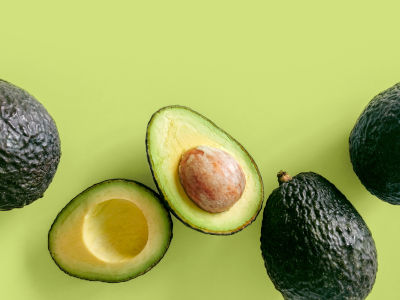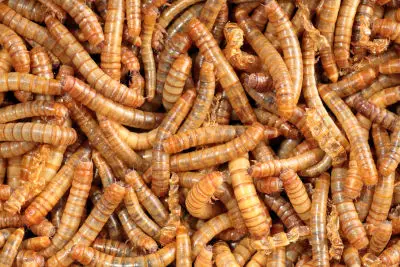Do Lizards Feel Pain? Exploring the Science Behind Reptilian Sensitivity to Pain
Lizards are fascinating creatures that have been around for millions of years. They come in a variety of shapes, sizes, and colors, and can be found in many parts of the world. One question that often arises when it comes to lizards is whether or not they feel pain. This is an important question to consider, as it can impact how we treat these animals in captivity and in the wild.
The answer to the question of whether or not lizards feel pain is not a simple one. While there is evidence to suggest that some lizards may be capable of feeling pain, there is still much that is not known about how these animals experience the world around them. Some researchers argue that because lizards lack certain brain structures that are associated with pain in mammals, they may not be capable of experiencing pain in the same way that we do. Others suggest that while lizards may not feel pain in exactly the same way that humans do, they may still experience some kind of discomfort or distress when they are injured or subjected to other forms of harm.
| Are these foods dangerous for your Beardie? | |
| Avacado? Click here to learn, from this guide, if this food is dangerous |  |
| Superworms? Click here to learn, from this guide, if this food is dangerous |  |
Lizard Pain Perception
Neurological Basis of Pain
Lizards, like all vertebrates, have a nervous system that allows them to perceive and respond to their environment. Specifically, they possess nociceptors, which are specialized nerve endings that detect noxious stimuli such as heat, pressure, or tissue damage. These nociceptors send signals to the spinal cord and brain, where they are processed and interpreted as pain.
Recent research has shown that lizards possess similar neural pathways for pain perception as mammals do. For example, a study conducted on green iguanas found that when their tails were pinched, the same areas of the brain were activated as in mammals when they experience pain.
Behavioral Evidence of Pain
Lizards also exhibit behaviors that suggest they experience pain. For instance, when a lizard is injured, it may become lethargic, stop eating, and avoid using the affected limb. These behaviors are similar to those seen in other animals that experience pain.
In addition, some species of lizards have been observed to engage in self-anointing behavior when they are injured or sick. This behavior involves the lizard rubbing its body with a noxious substance, such as ant venom or its own feces. It is thought that this behavior may help to alleviate pain or discomfort.
Overall, while more research is needed to fully understand how lizards experience pain, the available evidence suggests that they do possess the necessary neurological pathways and exhibit behaviors consistent with pain perception.
Types of Pain in Lizards
Acute Pain
Acute pain in lizards is usually caused by an injury or trauma. This type of pain is sudden and intense, and the lizard may show signs of distress such as vocalization, struggling, and trying to escape. Acute pain can be caused by a variety of factors, including bites from other animals, injuries from falls, and burns from hot surfaces.
Lizards may also experience acute pain during medical procedures such as injections or surgery. It is important to minimize acute pain in lizards as much as possible, as it can cause long-term physical and emotional distress.
Chronic Pain
Chronic pain in lizards is usually caused by long-term health conditions such as arthritis or cancer. This type of pain is ongoing and can be difficult to manage. Lizards with chronic pain may show signs of lethargy, decreased appetite, and a reluctance to move.
Chronic pain can also lead to behavioral changes, such as aggression or hiding. It is important to work with a veterinarian to manage chronic pain in lizards, as it can greatly impact their quality of life.
Overall, it is important to understand the different types of pain that lizards can experience in order to provide appropriate care and treatment.
Pain Management in Lizards
Lizards are often thought of as tough creatures that can handle a lot of physical stress. However, they are still living beings that can experience pain. Pain management in lizards is an important aspect of their care, especially if they are injured or undergoing medical procedures.
Veterinary Approaches
When it comes to pain management in lizards, veterinarians may use a variety of approaches. One common method is the use of analgesics, which are medications that can relieve pain. However, not all analgesics are safe for use in lizards, and dosages must be carefully calculated based on the lizard’s weight and other factors.
Another approach is the use of local anesthetics, which can numb a specific area of the lizard’s body. This can be useful for procedures such as wound care or surgery. In some cases, veterinarians may also use sedatives to help calm a lizard and reduce stress during medical procedures.
Environmental Modifications
In addition to veterinary approaches, environmental modifications can also play a role in pain management for lizards. For example, providing a comfortable and stress-free environment can help reduce pain and discomfort. This may include providing appropriate heating and lighting, as well as hiding places and other forms of enrichment.
In some cases, environmental modifications may also be used to help manage pain related to specific conditions. For example, lizards with joint problems may benefit from soft substrates or elevated platforms that reduce pressure on their joints.
Overall, pain management in lizards requires a multifaceted approach that takes into account both veterinary and environmental factors. With the right care and attention, lizards can receive the pain relief they need to stay healthy and happy.